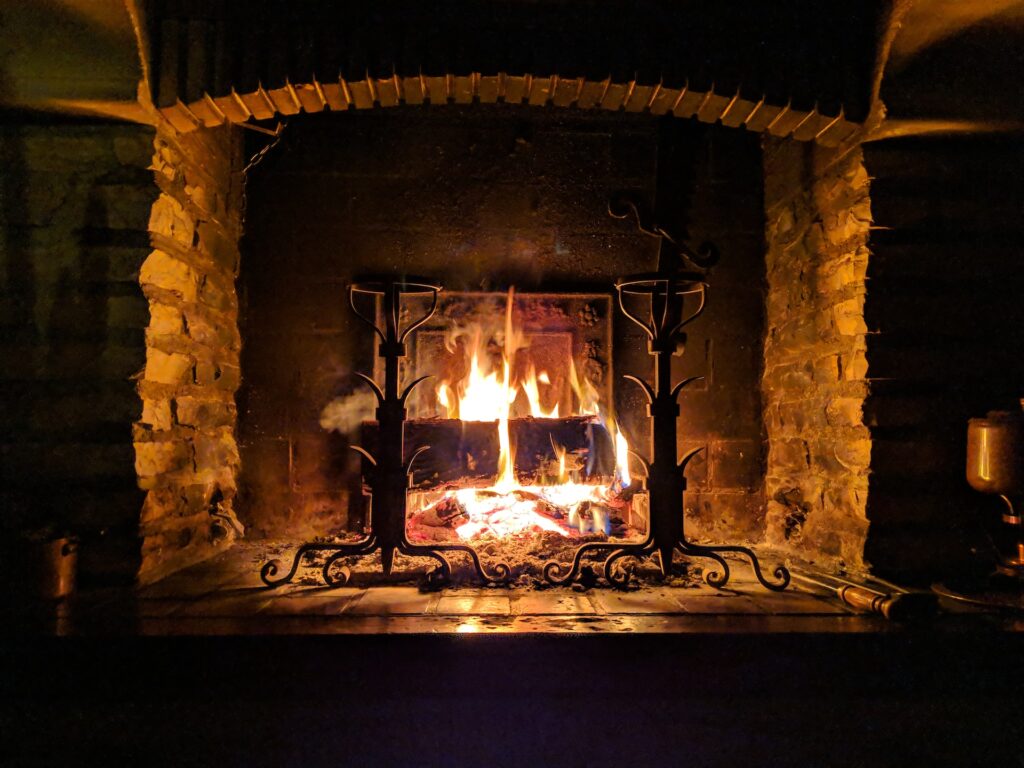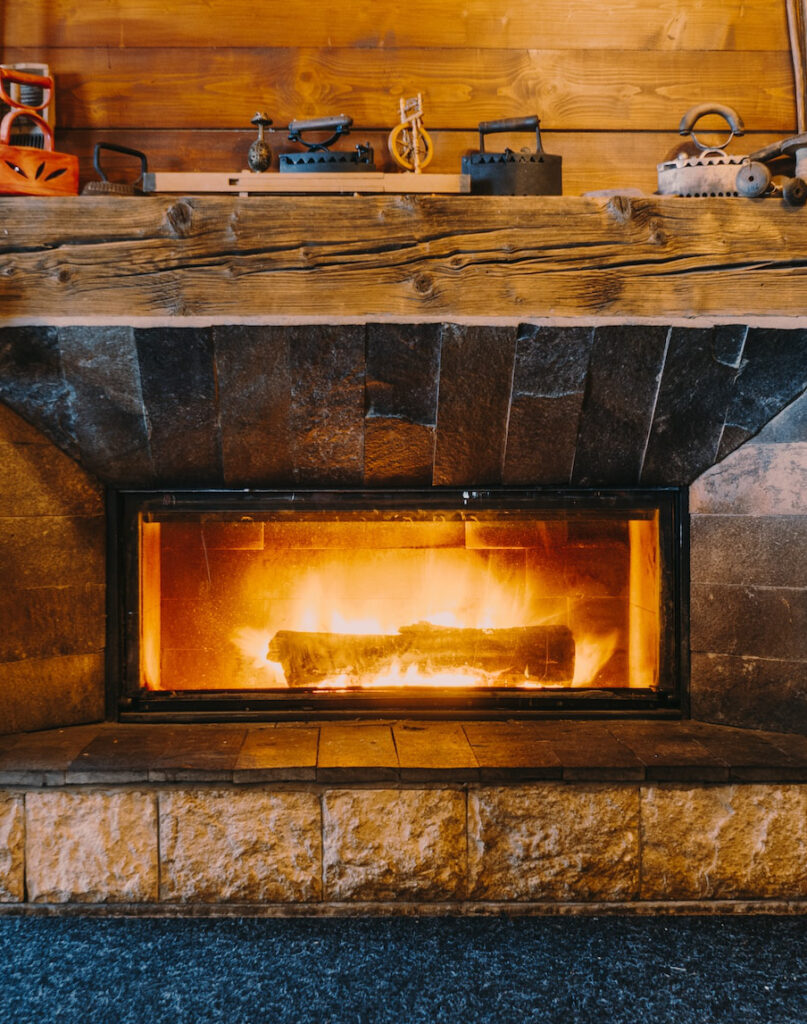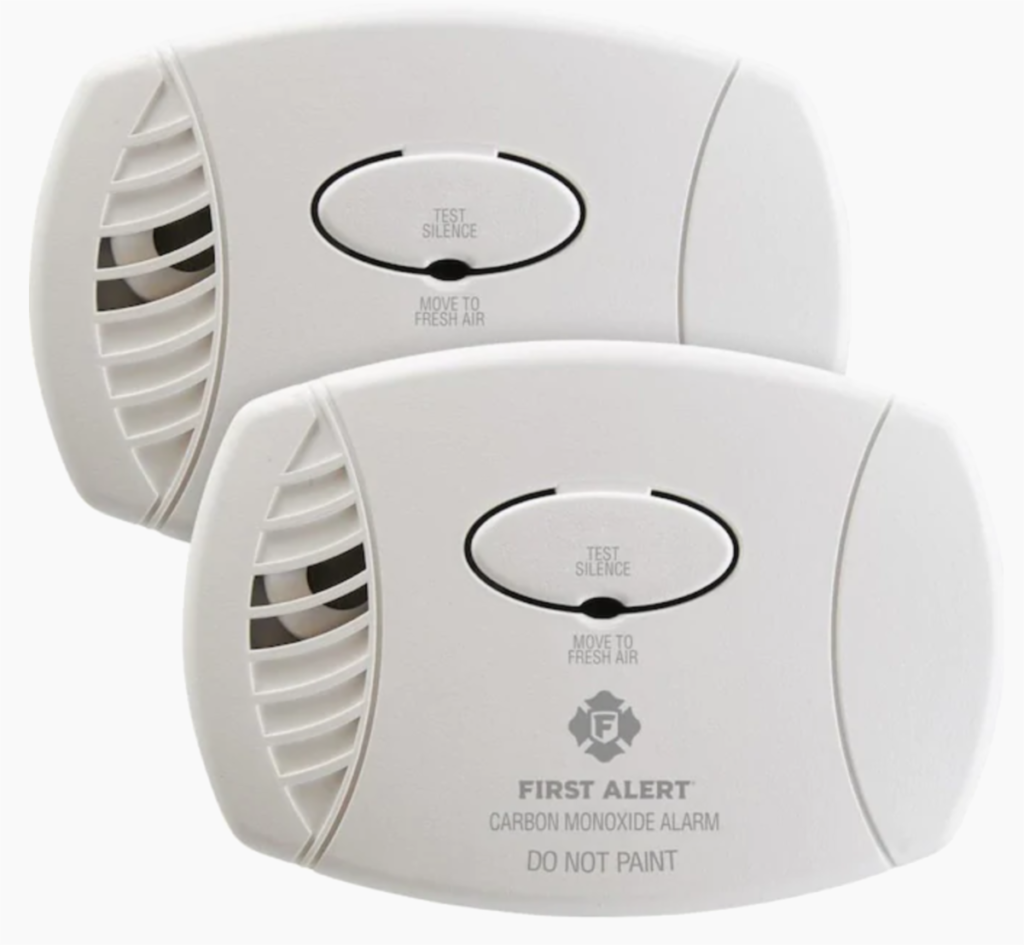
Photo by Stéphane Juban on Unsplash
It’s almost the season for cool autumn nights, sitting near a toasty fire and sipping your favorite warm beverage. Whether you have a fireplace, a woodburning stove, or a gas log insert, nothing warms your bones as completely as fire.
However, there’s a “dark side.” Fires can be dangerous! Let’s take a closer look.
A burning issue
Approximately 14,000 chimney fires occur in the United States annually, according to the US Fire Administration (USFA), and nearly 90% of them are caused by creosote buildup.
Chimney fires cause property damage upward of $120.9 million in this country alone, 60% of these during the winter months, and 75% of these fires involve chimneys or flues.
Download a report from USFA on residential chimney fires.
On the side of caution
While fireplaces, wood stoves, and gas logs can be cozy ways to heat your home on cold nights, it’s imperative to learn some safety rules to avoid accidents and house fires. Here are some tips for fire safety:
- Get your chimney or metal chimney pipe cleaned and inspected annually by a qualified professional. This helps prevent fires and ensures that your fireplace or wood-burning stove is operating efficiently.
- Use only dry, seasoned wood. Wet or green wood produces creosote, a sticky, flammable substance that builds up in chimneys and pipes and causes fires.
- Never burn flammable materials other than wood, with the exception of a bit of newspaper or store-bought fire-starter packs. Never burn pressure treated wood or plastics. These emit toxic fumes and may contribute to chimney or pipe fires.
- Keep the area around your fireplace or stove clear of flammable materials, including rugs, curtains, and furniture. Sparks can and do happen!
- Don’t leave fireplaces unattended. Modern wood stoves can be set up to run all night, but that’s only accomplished with a lot of practice. Better to be sure the fire is out before you go to bed.
- Always use a fire screen or spark guard to prevent flying sparks.
- Open the damper when you start a fire, and close it when the fire is out.
- NEVER use gasoline or flammable liquids to start your fire!
That’s a gas!

Photo by Ostap Senyuk on Unsplash
Gas log fireplace inserts have become popular, due to their ease of use. Here are some additional safety tips for gas fireplaces:
- Make sure the gas line was professionally installed, and have it checked annually.
- NEVER use your fireplace if you suspect a gas leak.
- Turn off the gas when not using the fireplace.
- Use only gas logs approved for your fireplace.
- Never leave gas logs unattended when lit.
- Clean and inspect your gas fireplace annually.
More considerations

Fireplaces, woodburning stoves, and gas logs can produce carbon monoxide (CO), an odorless, colorless gas that can kill you.
Be sure to install CO detectors in your home, and test them monthly. Wear earplugs during the tests.
While we’re on the subject of CO, common sense dictates that you’d be better off not using ventless gas log fireplaces.
While the amount of CO released may be small, the tight insulation envelopes in many modern homes keeps them quite airtight. That means CO will be present, lessening the quality of your indoor air. Open the flue and vent these gases up and away from you.
Fireplaces and wood stoves can injure children and pets. Take steps to keep them away while in use.
Follow these tips, and then you can feel confident about enjoying the warmth and ambiance of your wood stove or fireplace on those crisp autumn and winter evenings.
Buying or selling a home in Western North Carolina?
Avoid unpleasant surprises! Contact Asheville Home Inspector Peter Young before signing any contracts. Call (828) 808-4980, or click here to make an appointment.